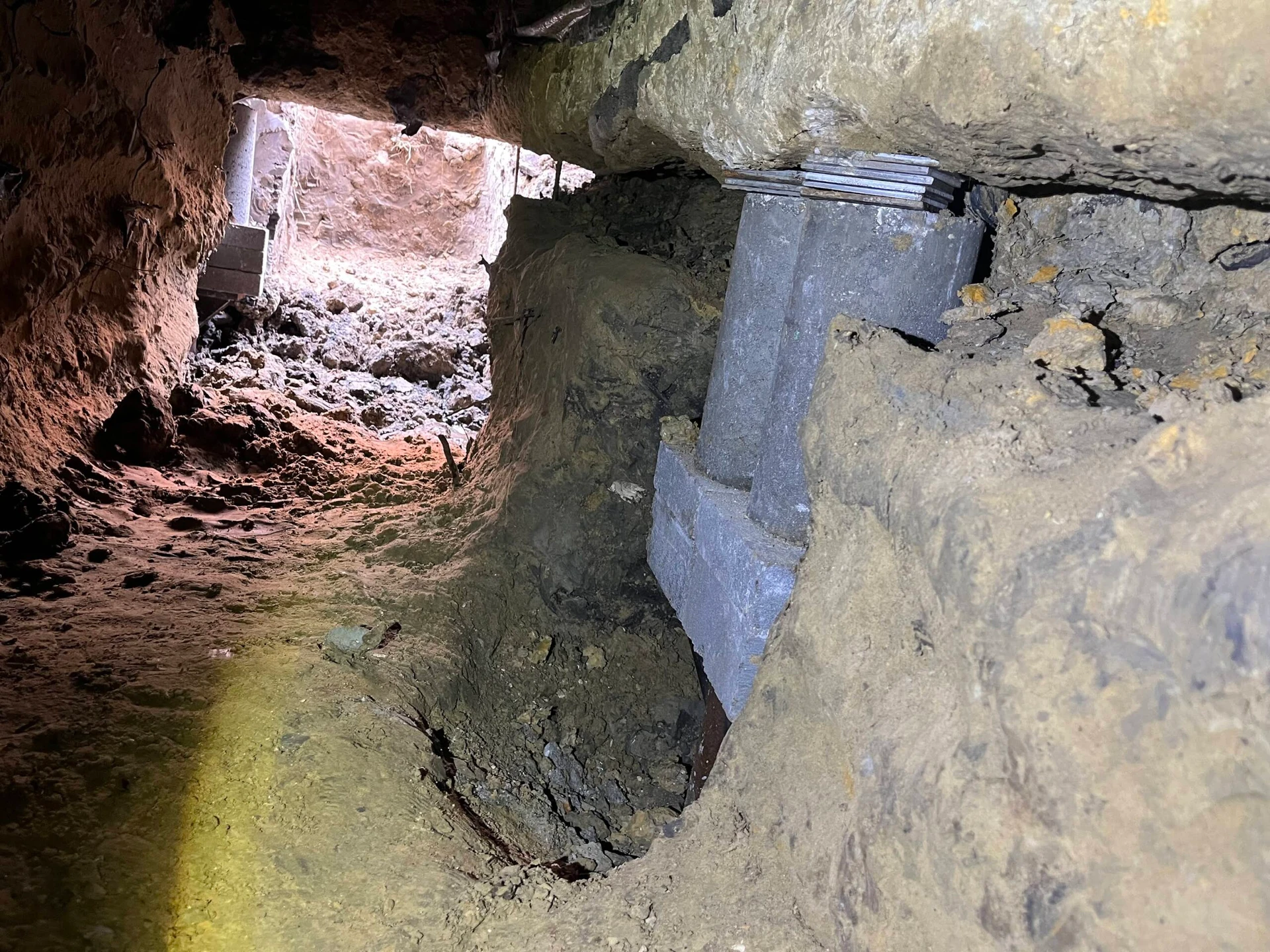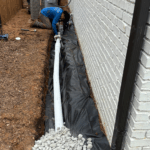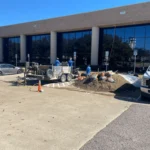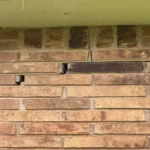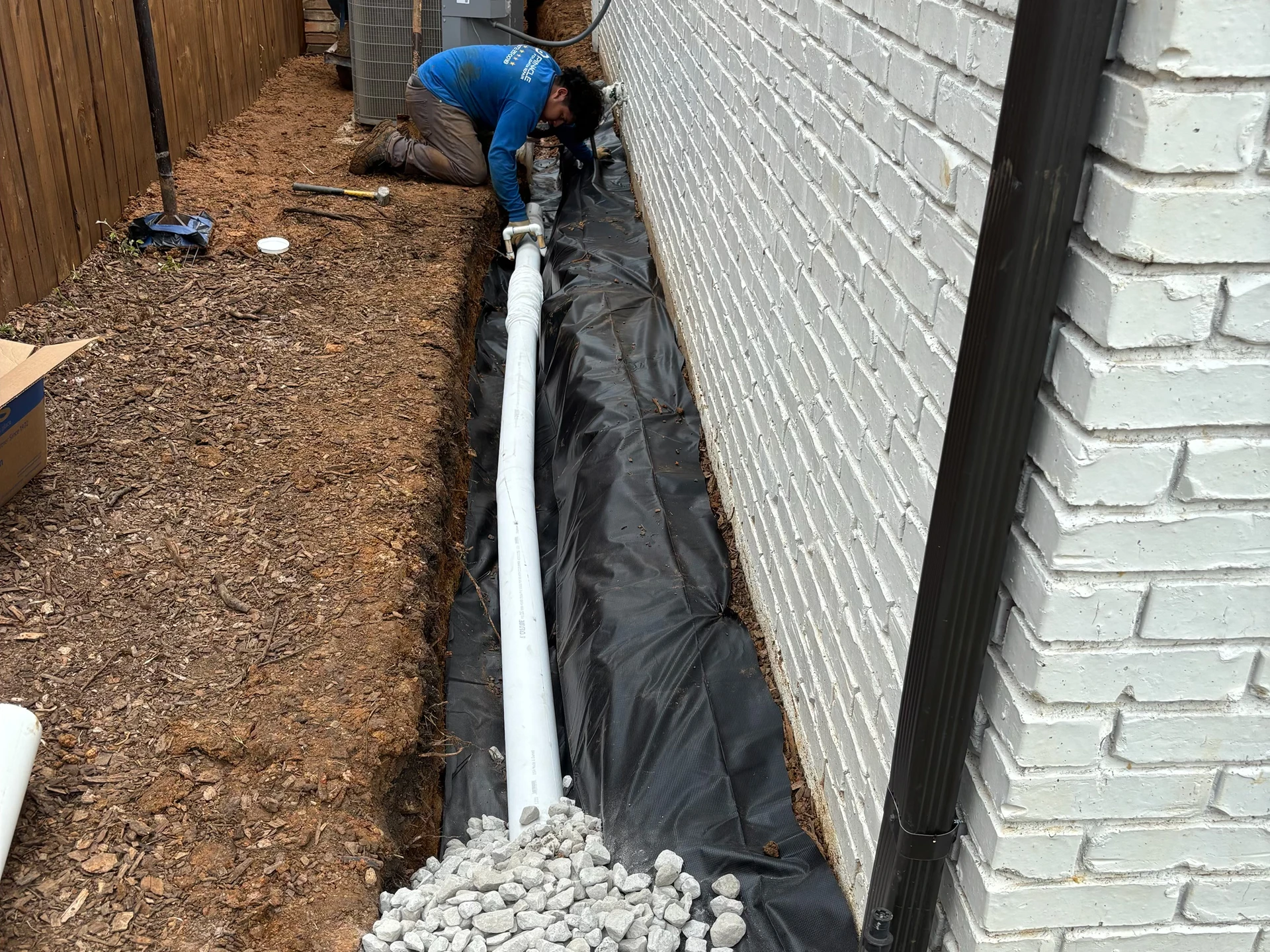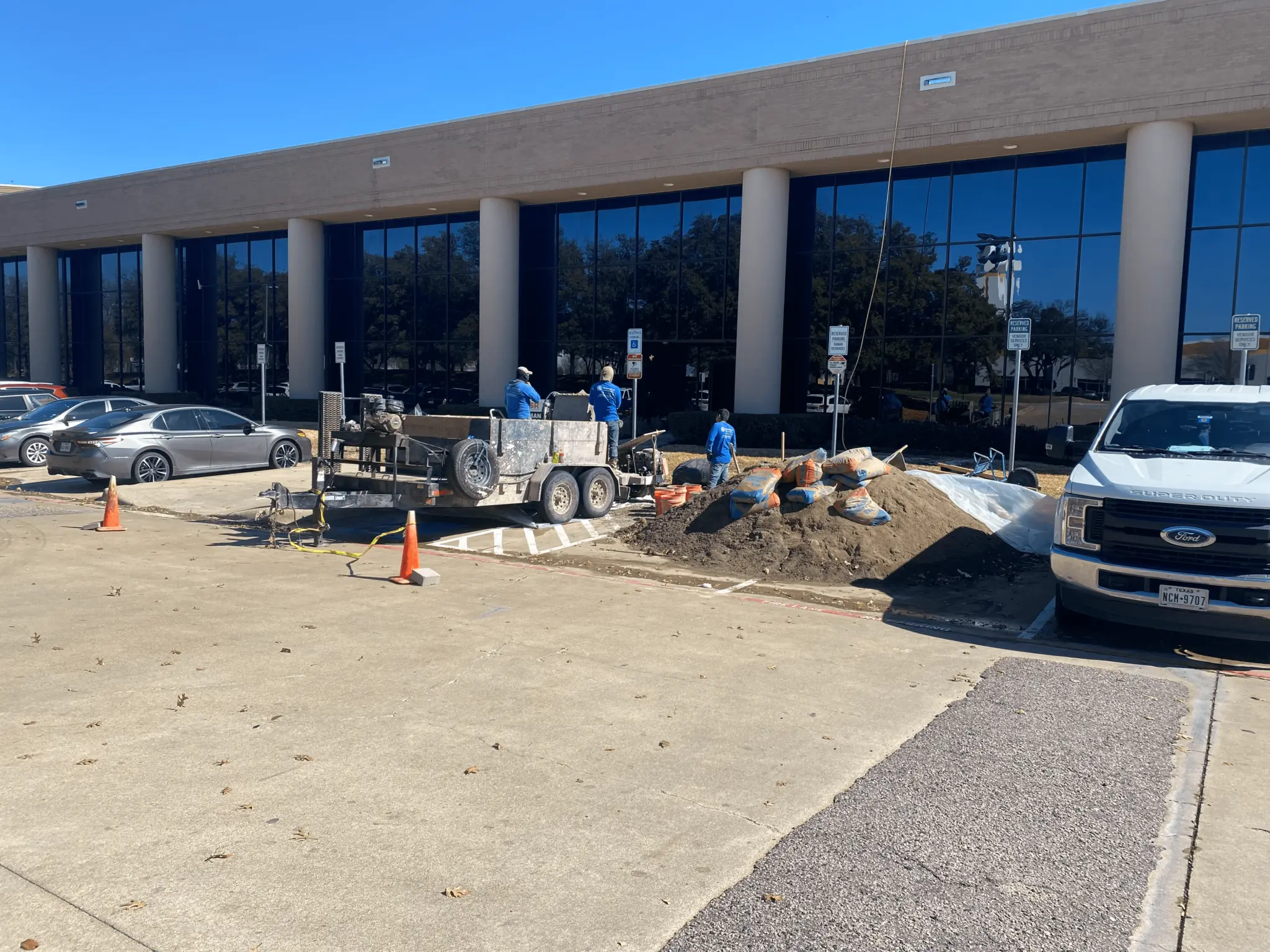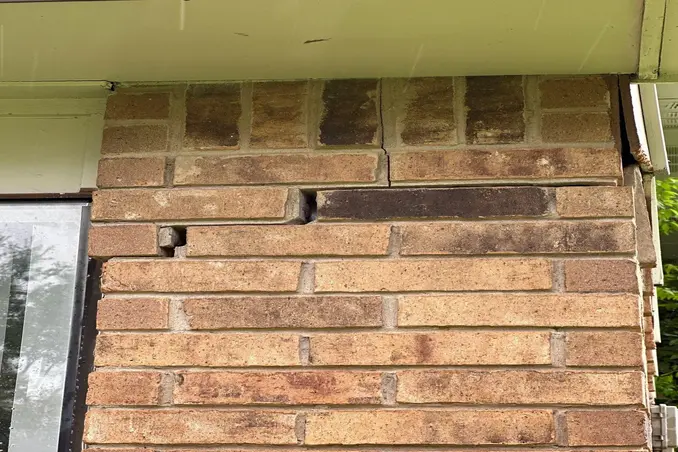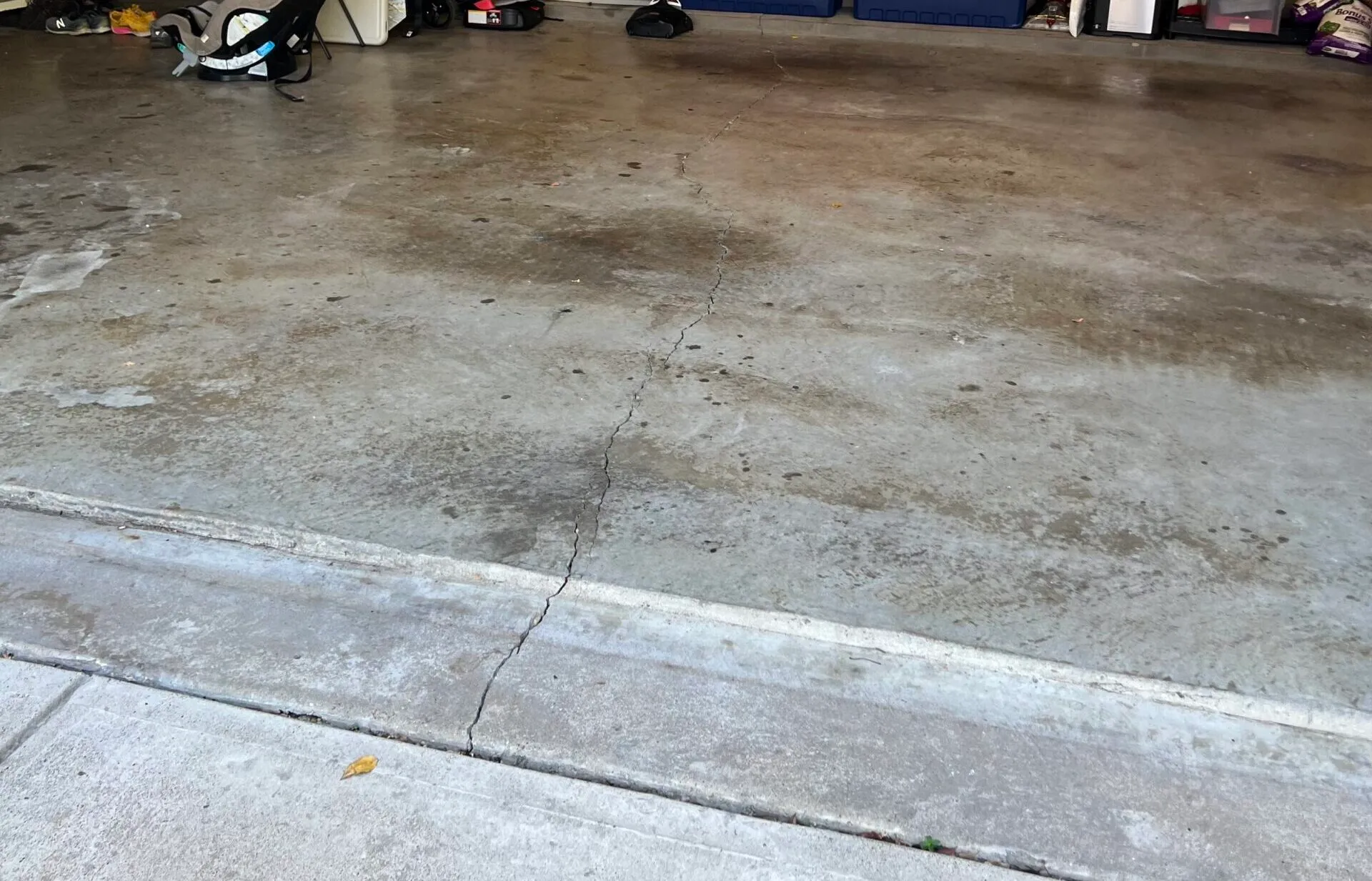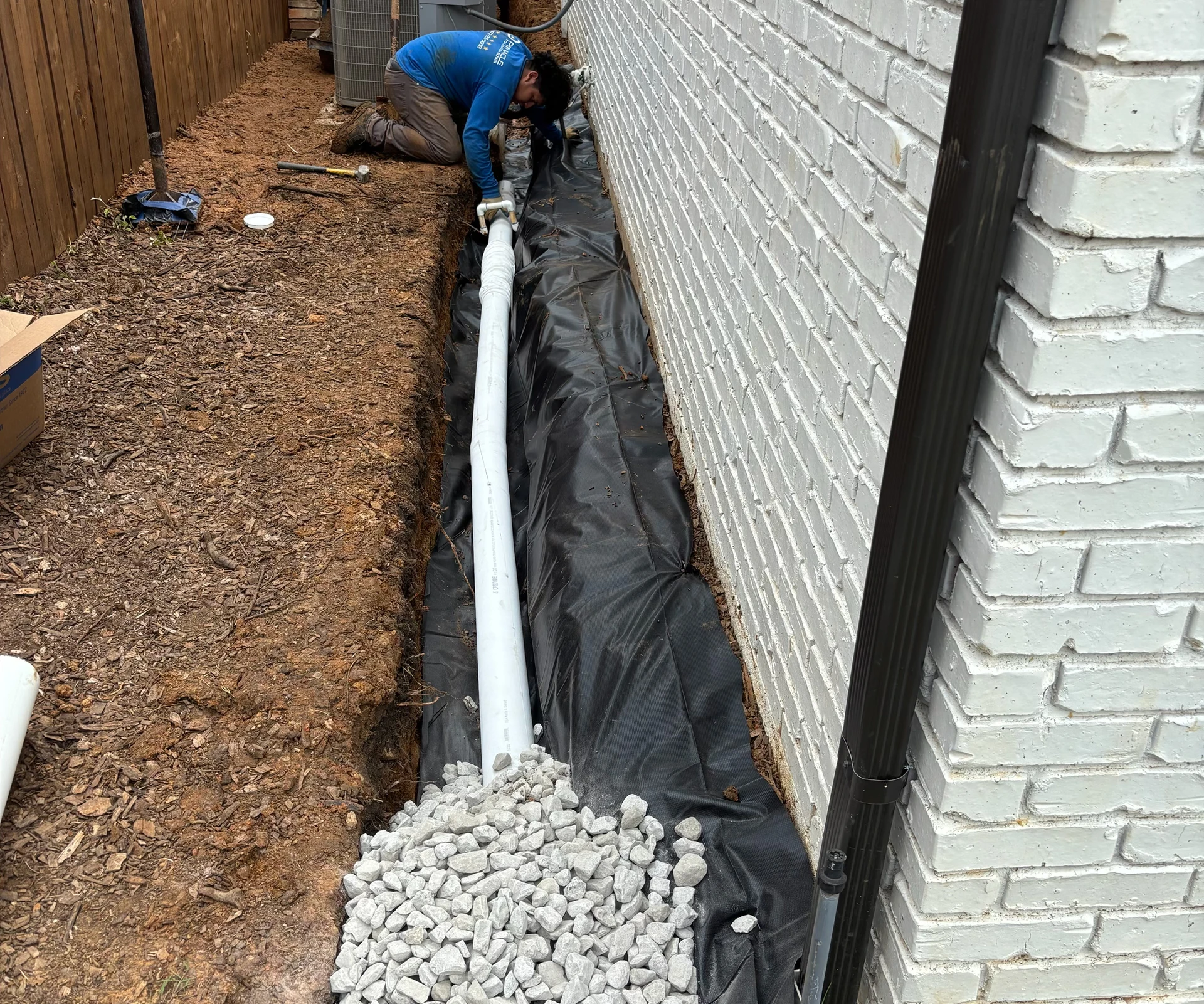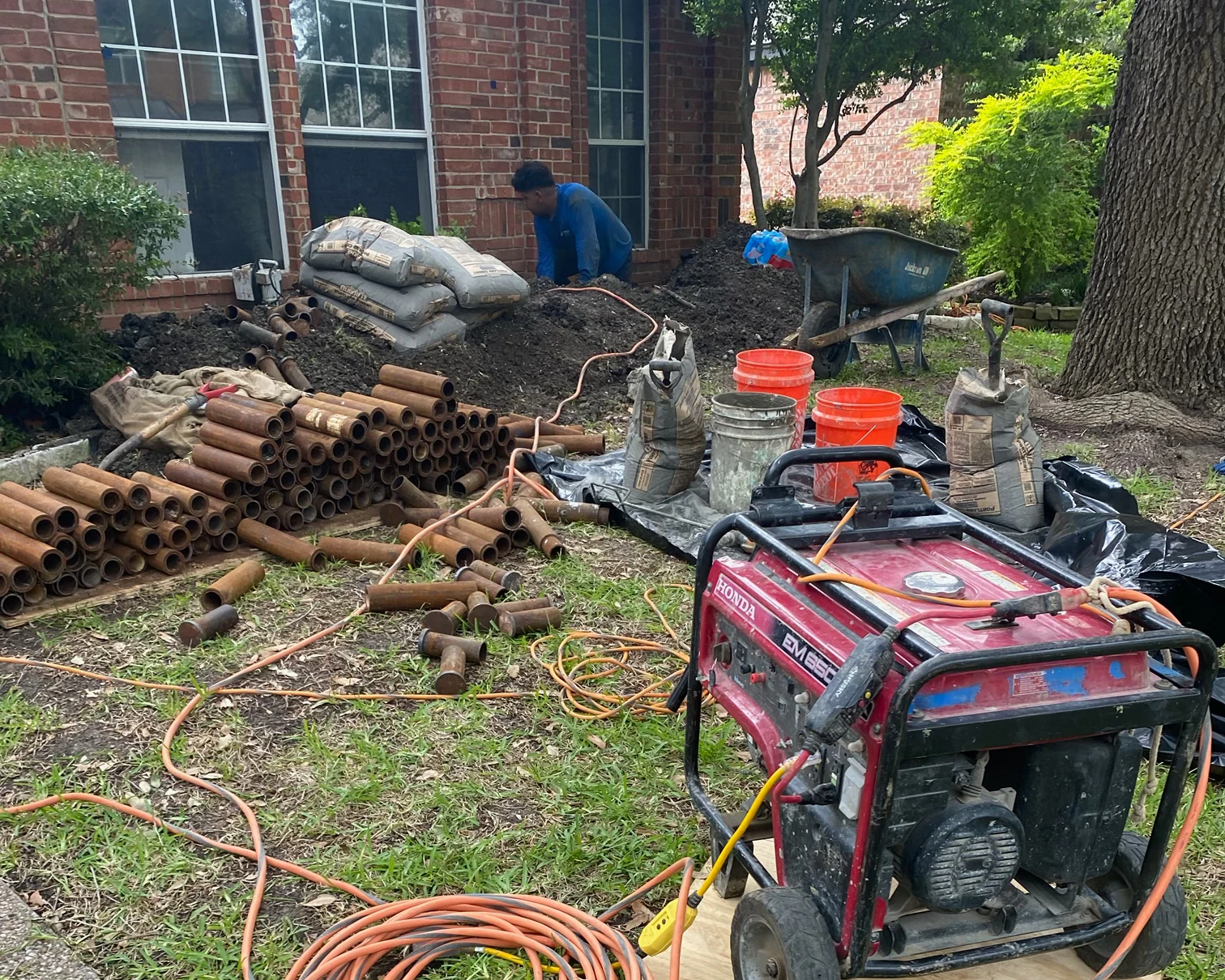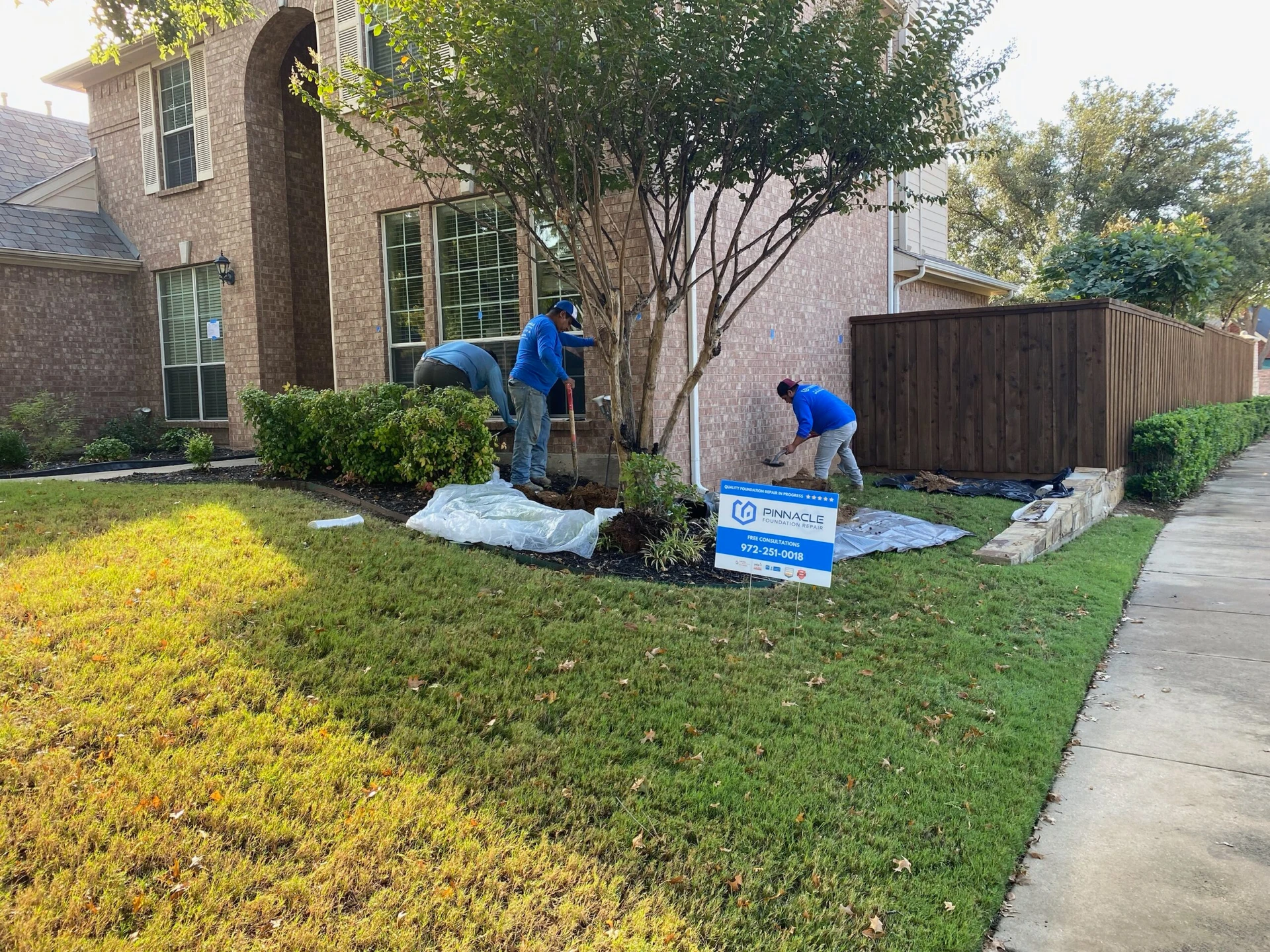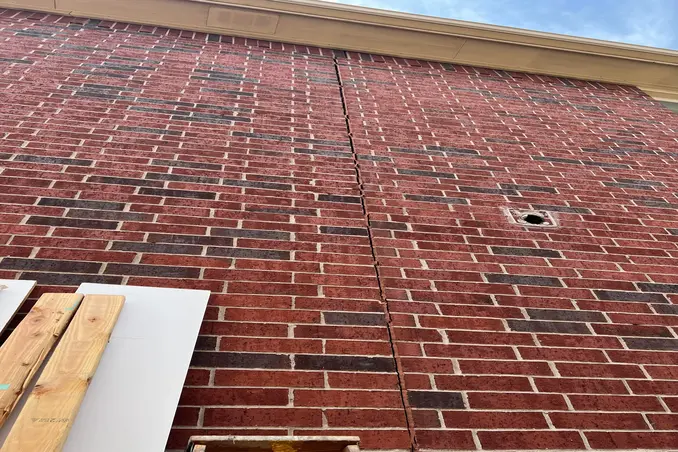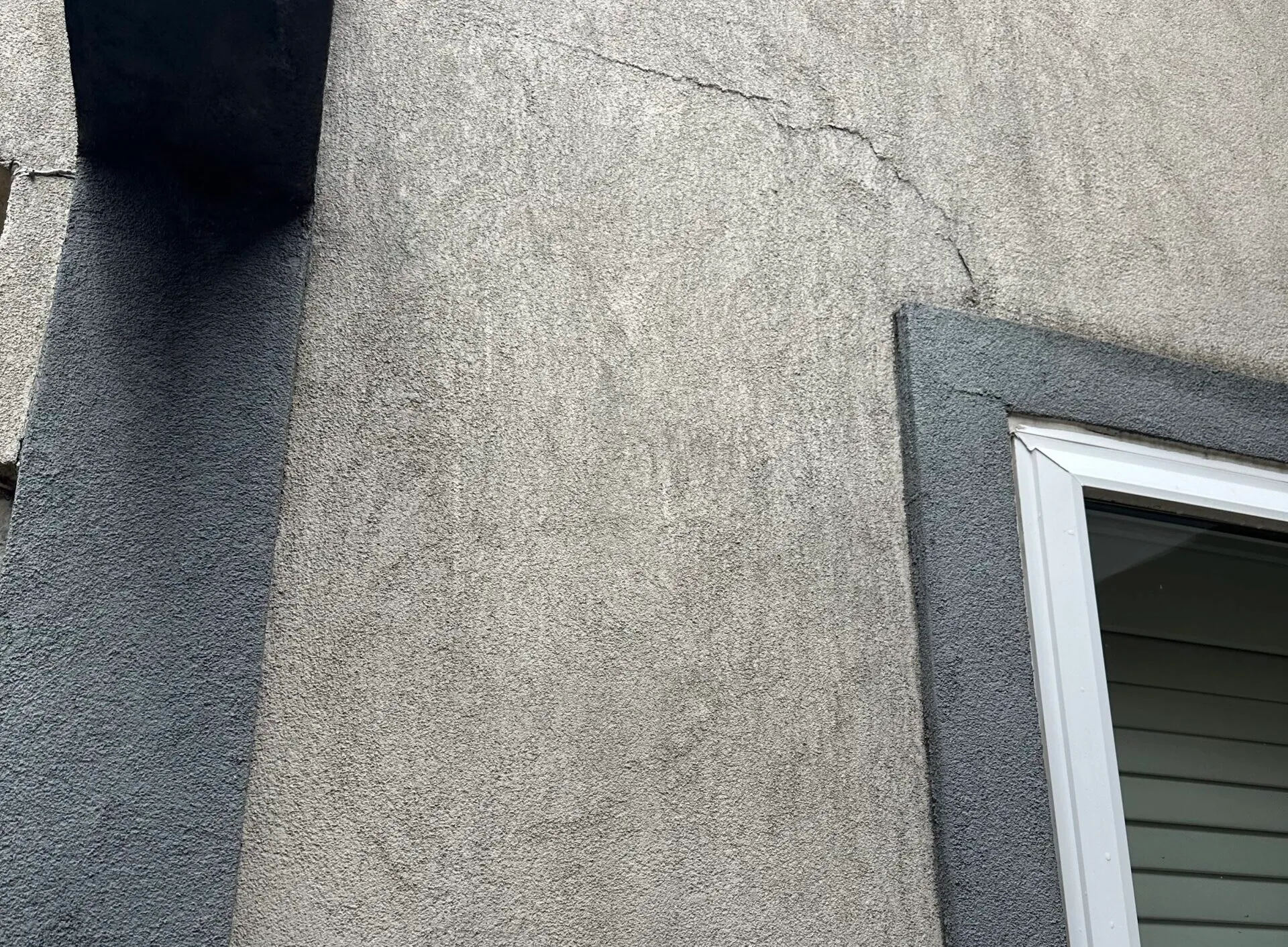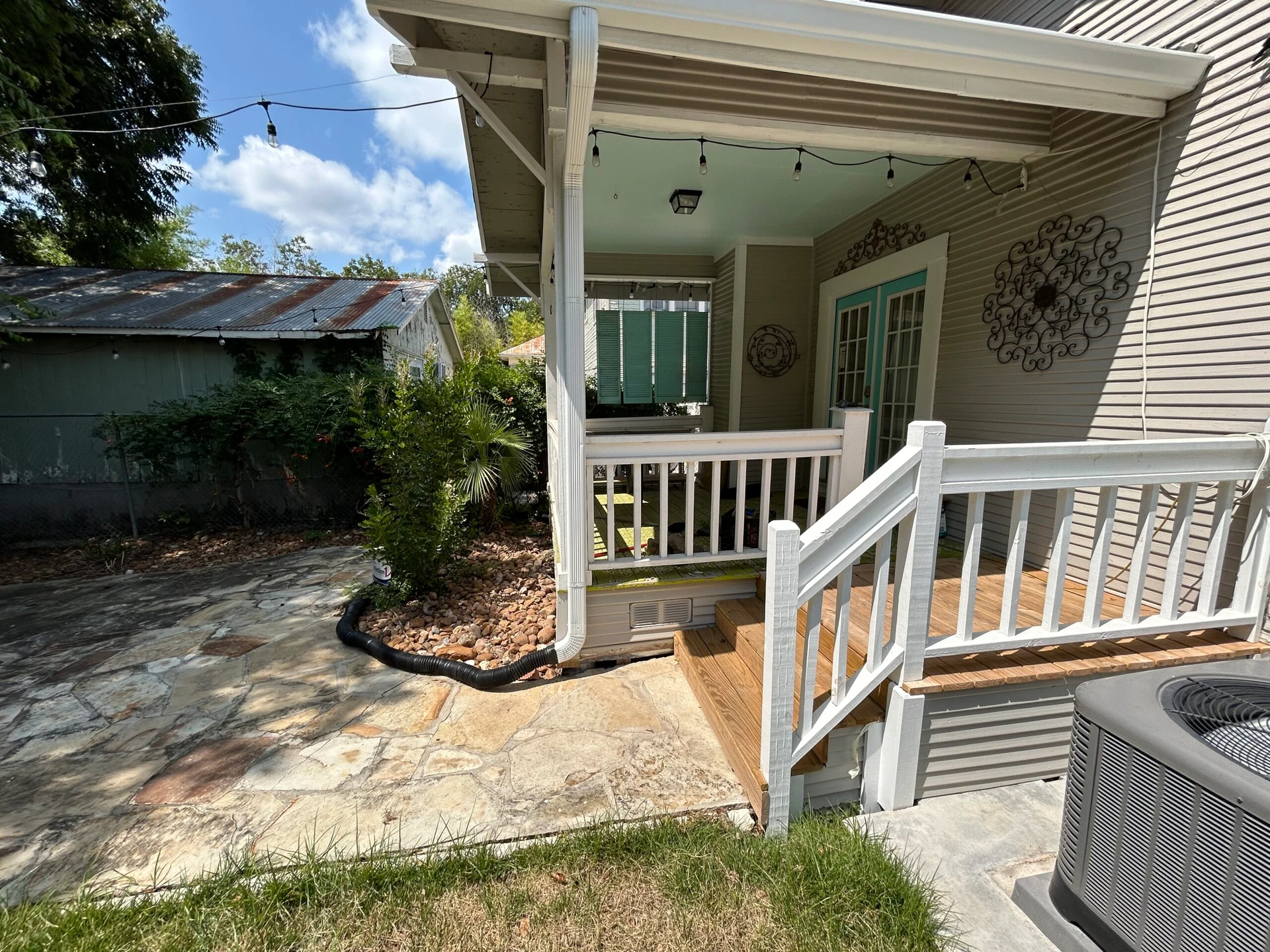Have you been asking yourself, “Is it hard to do foundation repairs yourself for a house?” That’s a clear sign that your basement or crawl space is showing signs of trouble. If you’re worried that cracks, bowing, shifting, and other issues are putting the rest of your house at risk, think twice about trying to do the repairs yourself. While there are a handful of limited repairs you can make safely as a homeowner, even an experienced DIY enthusiast should turn to the professionals for help with more intensive foundation repairs. Learn why it’s harder than you might think to get foundation repairs right on your own and who to turn to for help.
What Can Go Wrong with a House Foundation?
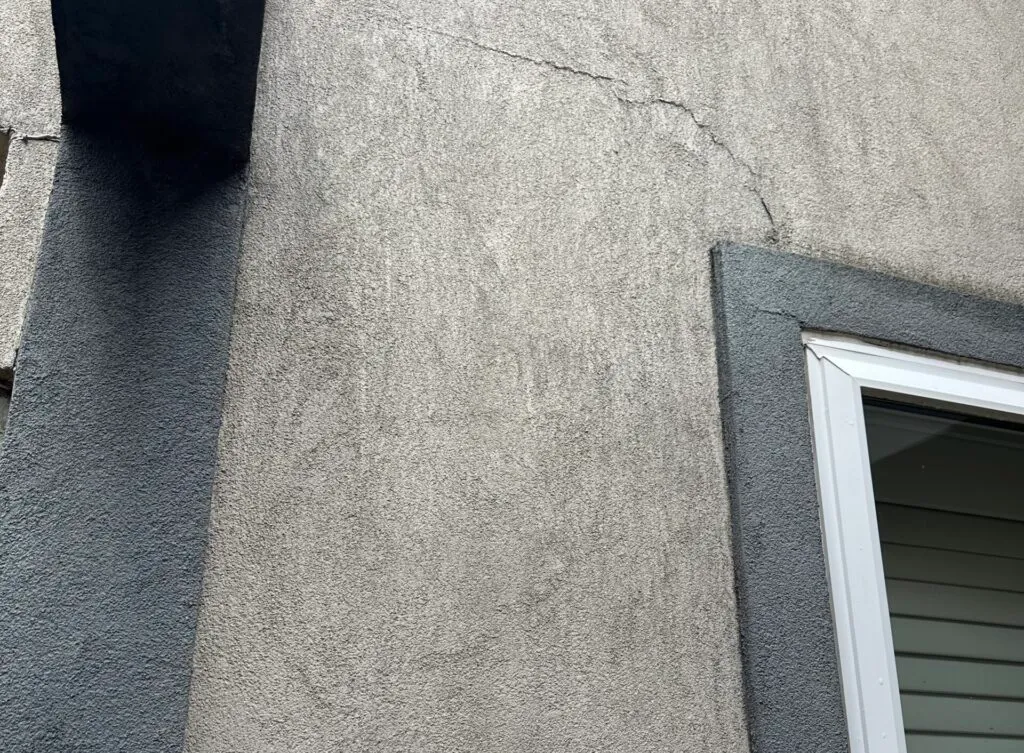
Exterior Cracks – Dallas
Your home’s foundation provides support for the rest of the structure, but it, in turn, relies on support from the soil around it. When moisture leads to shifting or weak soil, the foundation can crack, shift outward, or start leaning inward. Anything that weakens the strength of the load-bearing walls of your basement or crawl space could lead to permanent structural damage.
Foundation Repairs You Can Handle Yourself
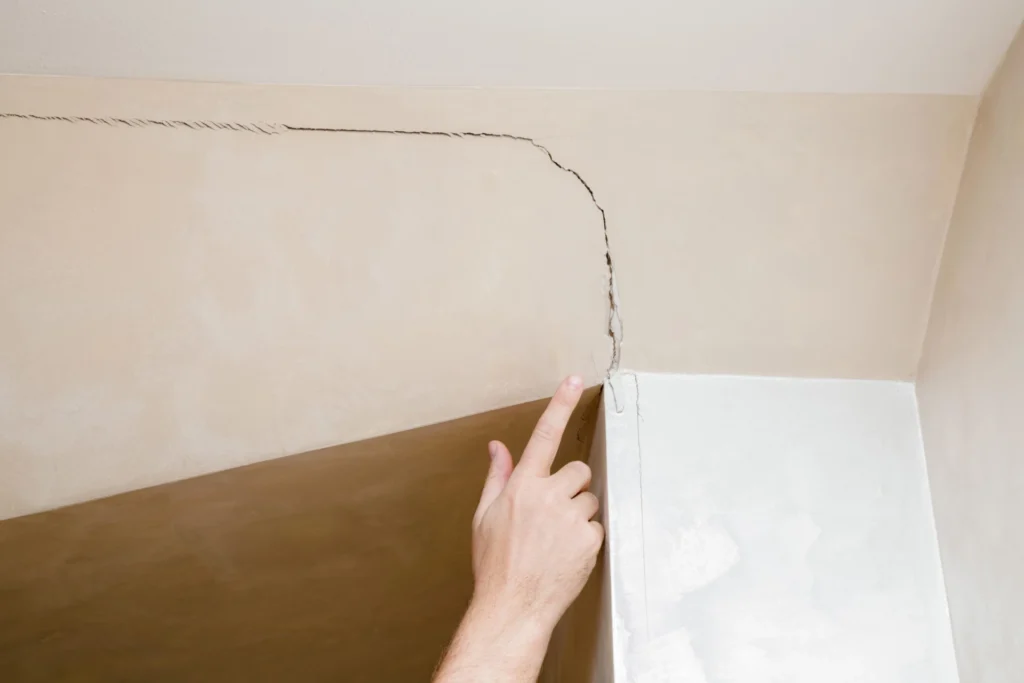
There are a few basic repairs you can safely tackle in your basement or crawl space. However, they tend to be limited in scope and won’t help with serious shifting or cracking situations. It’s fine to deal with a damp or slightly wet foundation by applying interior coatings intended to stop water transfer from the soil. If you don’t find them effective enough, you may need exterior waterproofing that a professional crew must handle.
Another basic foundation repair that’s safe to DIY is sealing minor superficial cracks. In general, you should only seal basement or crawlspace vertical cracks that are less than 1/8th inch in width, not actively leaking, and not growing. These cracks are likely superficial and not a threat to overall stability. Large, growing, horizontal cracks that are leaking all call for professional assessment and repair instead. If you notice that the cracks widen or spread after your initial attempts to seal them, you definitely need the help of the pros.
Why You Can’t Tackle Most Foundation Repairs Yourself
The foundation is one part of your home that you can’t risk repairing incorrectly. While mistakes made while painting your walls or changing out an interior door might lead to a mess, they’re not likely to threaten the overall structure. Handling a foundation repair the wrong way or failing to get the intensive work you need done could lead to cracking walls, sagging ceilings, and even the potential of collapse. Foundation repair professionals not only have the expertise to determine the problem and match the right solution to it, but they also have access to equipment and materials you don’t have as a homeowner.
Benefits of Choosing Professional Foundation Repairs
Investing in professional foundation repairs when necessary doesn’t just give you peace of mind at night. In addition to knowing that your home is properly supported, you’ll preserve your home’s current value and may even increase it. Future buyers will want to know you’ve dealt with any serious issues like a shifting or unstable foundation. Some foundation repairs may also help you achieve radon mitigation goals. Radon levels tend to increase in basements with extensive cracking or exposure to the soil, so stabilizing and repairing your foundation is often the first step in dealing with this long-term air quality issue.
5 Common Types of Foundation Repairs
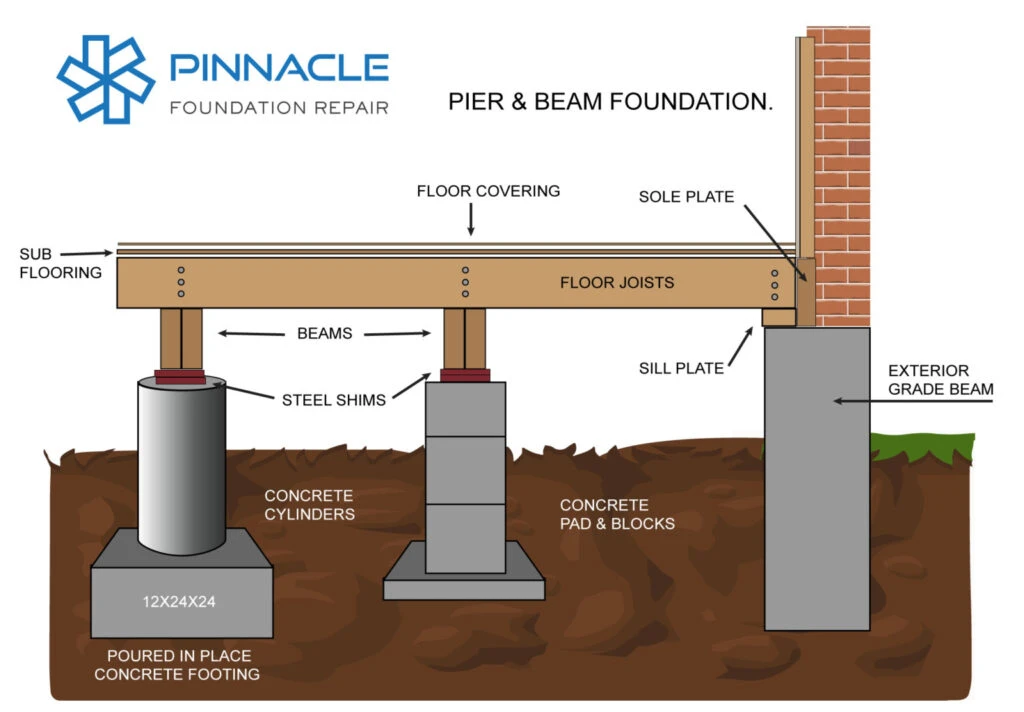
All of these professional methods for foundation repair are beyond what a homeowner can accomplish on their own. We’ll help you match the right method for stabilizing your shifting or bowing basement walls with one of these five methods.
1. Mud Jacking
For quick results at an affordable price, make use of the natural materials often already available onsite with mud jacking. We mix screened topsoil, sand, and thinned cement to create a slurry that is pumped under pressure through holes in the foundation walls and slab. This mud-like mixture is enough to stabilize shifting soil pressing against the walls. It can also work to lift and stabilize a sinking slab, but it is less useful for this purpose than some other foundation repair methods. Mud jacking doesn’t necessarily prevent the surrounding soil from moving in the future. It does quickly close up gaps that have a known and preventable cause, such as water dripping from the roof line.
2. Drilled Piers
Protected by a 10-year warranty, Pinnacle Foundation Repair offers drilled piers to give your home support from below. These piers are easier to install than the other three types because they’re drilled up to 12 feet deep for support without the vibrations caused by hydraulic presses. Some older and lighter structures can become damaged from the hydraulic pressing process required for other piers. In these cases, drilled piers give the home plenty of support without risking damage. We’ll build these piers from a combination of steel rebar and concrete to ensure they’ll last and support the weight of your home.
3. Steel Piers
Get the longest-lasting results at a great price with steel piers that can handle almost any amount of weight. We use a series of 12-inch-wide pipes driven as deep as 75 feet underground. Your foundation is anchored in place and securely supported for the rest of your lifetime. We know that Texas soils can make it tricky to protect your foundation because the normally dry material can swell tremendously when heavy rains arrive. All that shifting often leaves in-ground slab and block foundations damaged within just a few years. Let us drive steel piers all the way down to the bedrock for support that won’t change with the seasons.
4. Helical Piers
Rocky soils can pose a challenge to homeowners and foundation repair teams alike who just want to stabilize the home. Helical piers are a great way to go through the toughest soils and bedrock conditions without excavation. These steel posts feature a screw-like helical blade that helps it drive deep into rock without bending or breaking. Heavy-duty hydraulic presses or rams are needed to drive them with minimal vibrations, making this method suitable for most homes. However, it’s not always a good fit for the predominantly clay soils often found in North Texas.
5. Steel Transition Piers
Get the best of both concrete and steel pier systems with steel transition piers. These supportive designs reach deeper than concrete-pressed or drilled piers, giving you more support at a price that’s still lower than all-steel piers. We offer a lifetime warranty on this kind of foundation repair and recommend this type of pier support for clay-heavy soils.
How to Get Help When You Suspect Foundation Repairs
Pinnacle Foundation Repair is ready to assess your foundation and recommend the right repairs. Don’t worry about trying to find DIY solutions when our expertise can solve the problem much faster and within your budget. Choose the radically honest foundation repair solution for Texas today. Contact us to get started on your free foundation evaluation.

